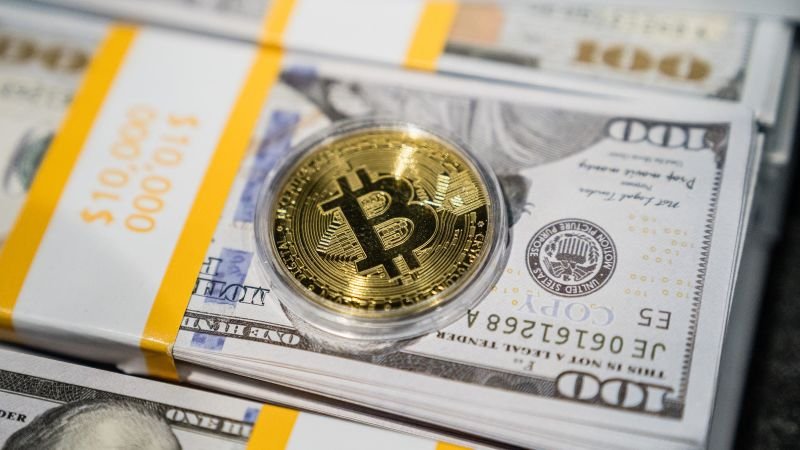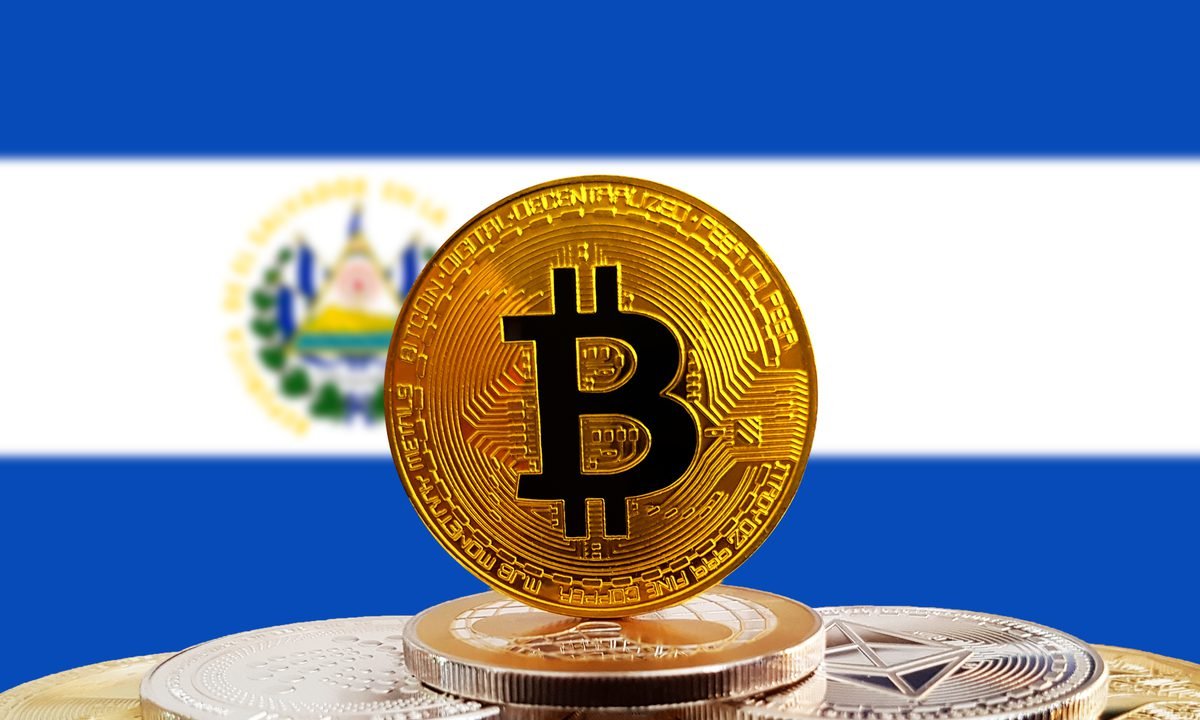U.S. Senate moves forward with new bill to regulate the crypto market

The debate over how crypto markets should be regulated in the United States moved one step further this week. The Senate has begun circulating a new draft of the bill that seeks to more precisely establish rules for the industry, including legal protections for developers and specific guidelines for bankruptcy proceedings related to digital assets.
The ongoing legislative effort
In July, the Senate Banking Committee released a draft for comments from stakeholders. The current document, reviewed by CoinDesk, is more extensive and details key provisions such as protections for those who “develop, publish, manage or distribute” distributed ledger systems or decentralized finance protocols. In addition, it proposes adjustments to the current bankruptcy law to include “ancillary assets” and make it clear that these, along with digital commodities, must be treated as the property of customers in the event of insolvency.
The House of Representatives had previously passed the Digital Asset Market Clarity Act, an initiative backed by a large bipartisan majority (308 votes in favor and 122 against). However, the Senate has chosen to push its own version, considered by analysts to be the most likely to become law.
Political obstacles and support needed
Unlike in the House, where the CLARITY Act had broad consensus, in the Senate, the threshold is higher: 60 votes are required to advance. This forces the Republicans to convince several Democratic senators. So far, it’s unclear whether the draft in circulation will achieve that backing, nor whether it will receive support from the Senate Agriculture Committee, which must also join the legislative effort.
The most important precedent was the approval of the Guiding and Establishing National Innovation for U.S. Stablecoins (GENIUS) Act, which became law after then-President Donald Trump’s insistence on keeping the text approved by the Senate unchanged. This was considered the biggest political achievement of the crypto industry in the U.S. to date.
Differences in Digital Asset Regulation
Although the House and Senate bills share similar objectives, there are fundamental differences. One of the most delicate points is the mechanism by which a cryptoasset can transition from being considered a security to a commodity. Solving this definition is key, as it will determine which federal agency will have supervisory authority over each type of digital asset.
The discussion focuses on granting greater regulatory certainty to developers and issuers, while seeking to protect consumers in the event of platform insolvency. The debate reflects the need to balance innovation with legal certainty.
Next steps in the Senate
Senator Tim Scott, chairman of the Banking Committee, had indicated that the vote could take place before September 30, although there was later talk of a goal towards Thanksgiving Day. For her part, Senator Cynthia Lummis, head of the crypto subcommittee, agreed that the timeline could be adjusted, but maintained her support for the regulatory effort.
The bill still needs to go through a markup hearing, where senators will be able to propose amendments, before reaching a vote on the floor. If approved, it would have to be reconciled with the House version, a step that, given the previous support for the Clarity Act, is not anticipated as a major obstacle.
In a context in which Congress faces budget demands and other urgent issues, the progress of this law reflects that the regulation of cryptocurrencies continues to be one of the most visible priorities and with the greatest bipartisan support in Washington.









